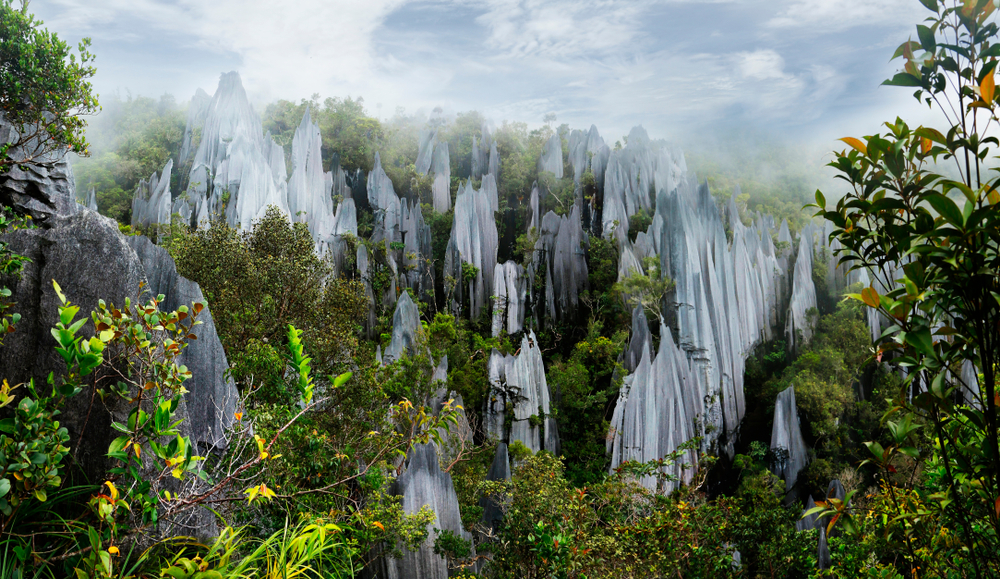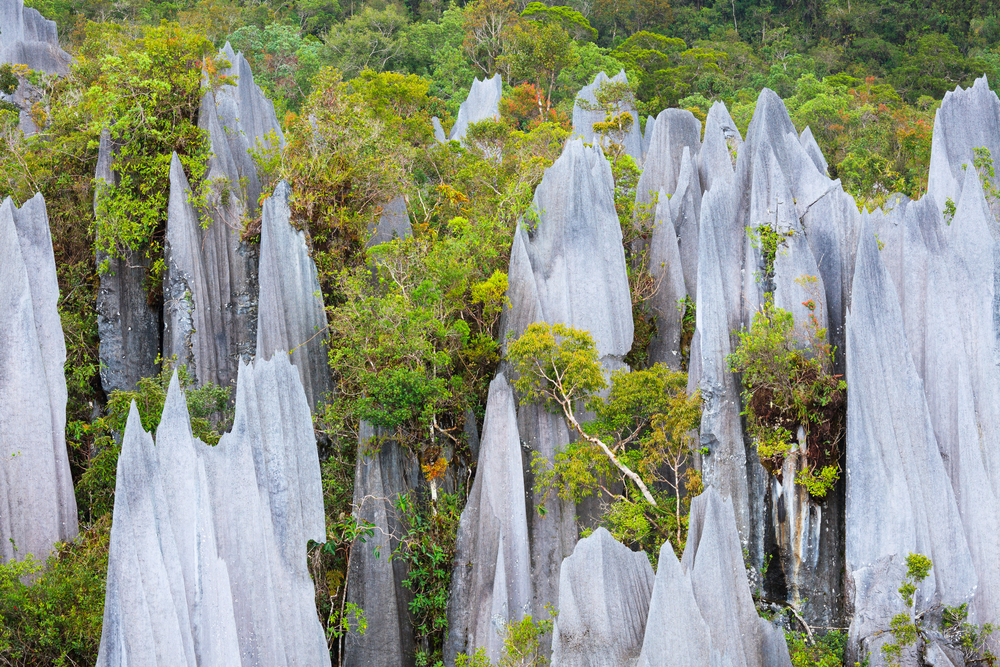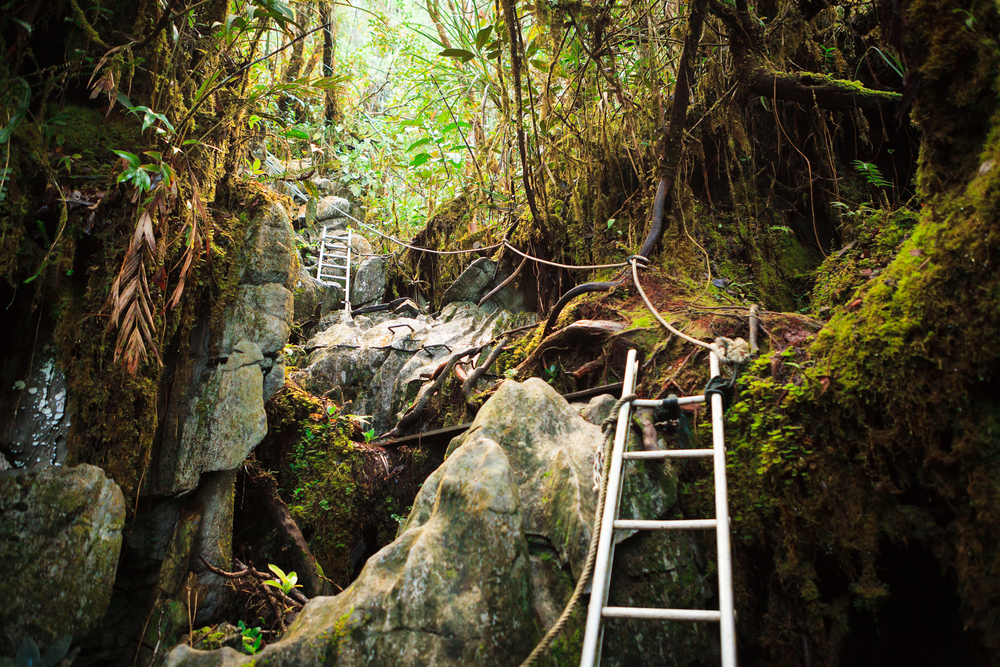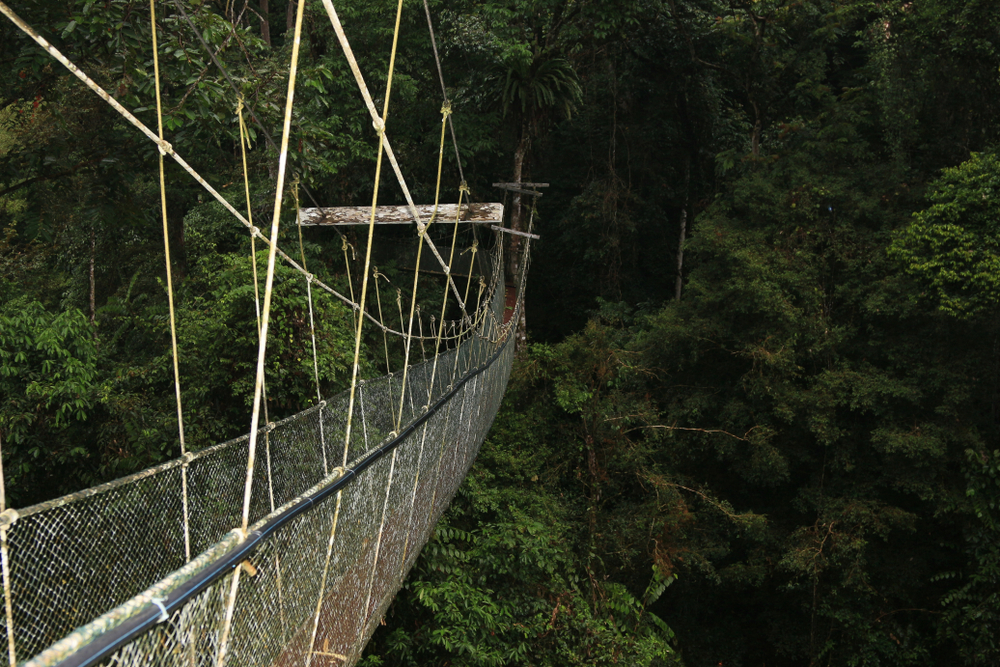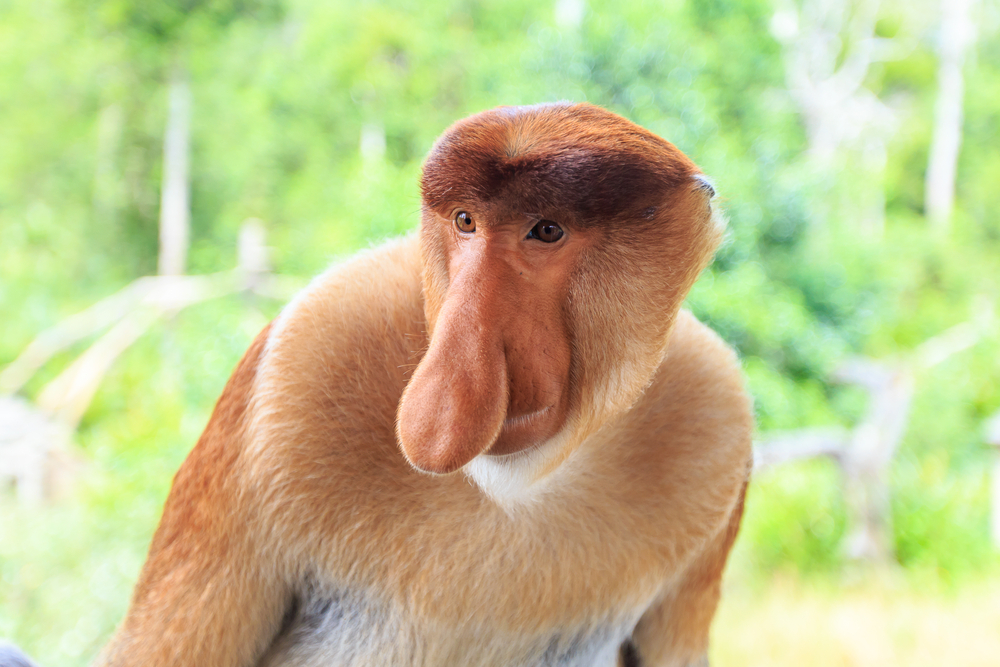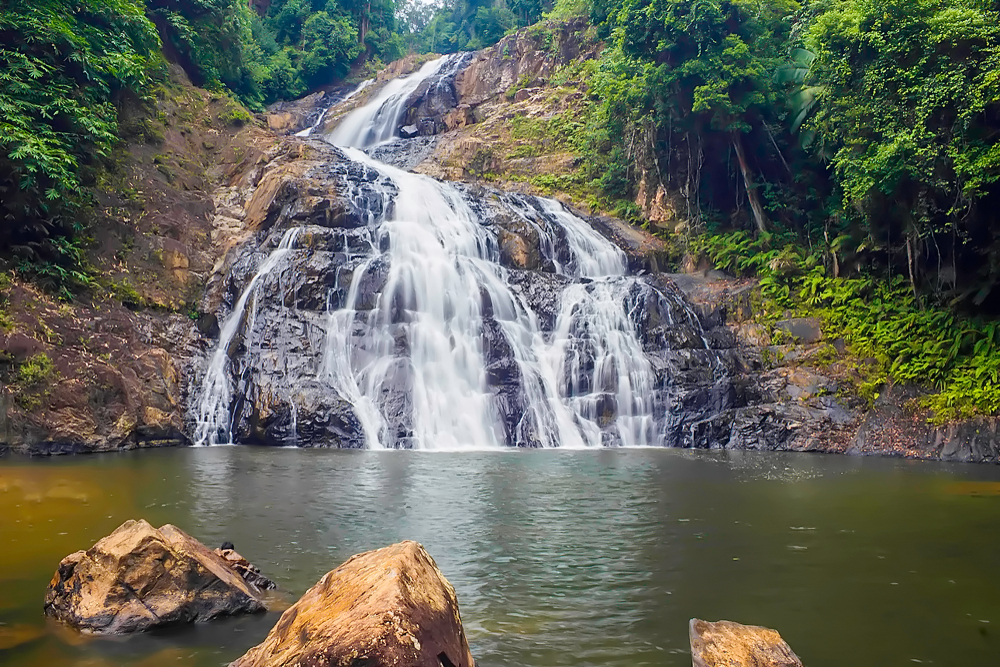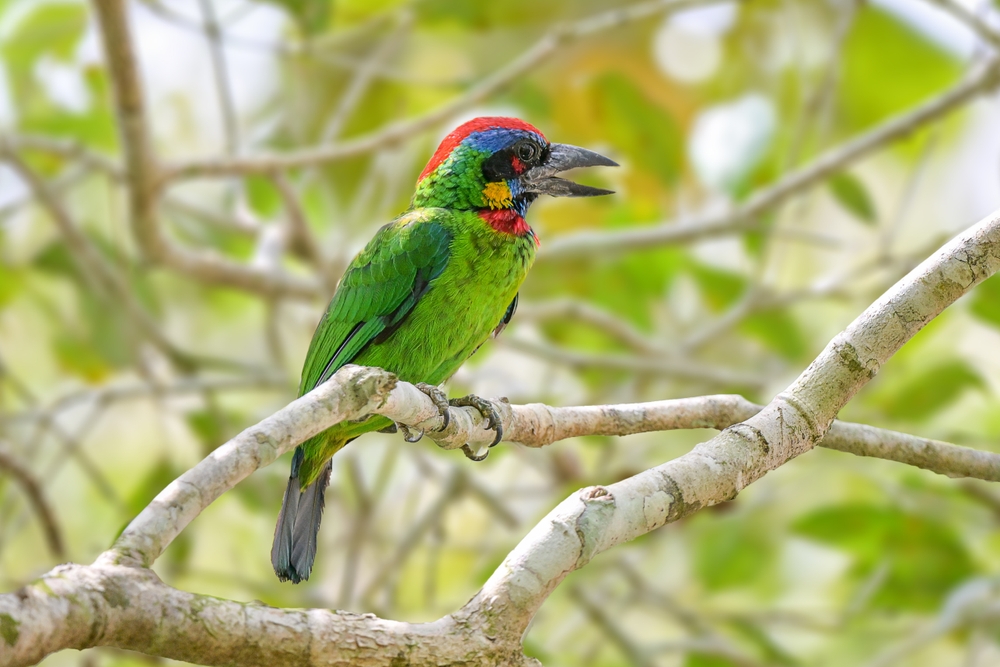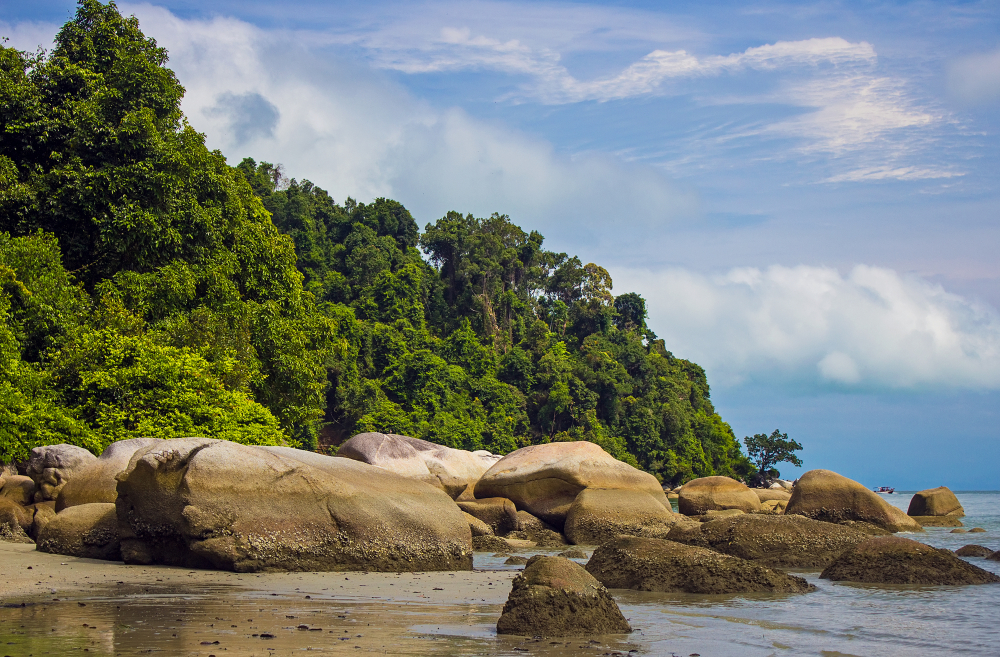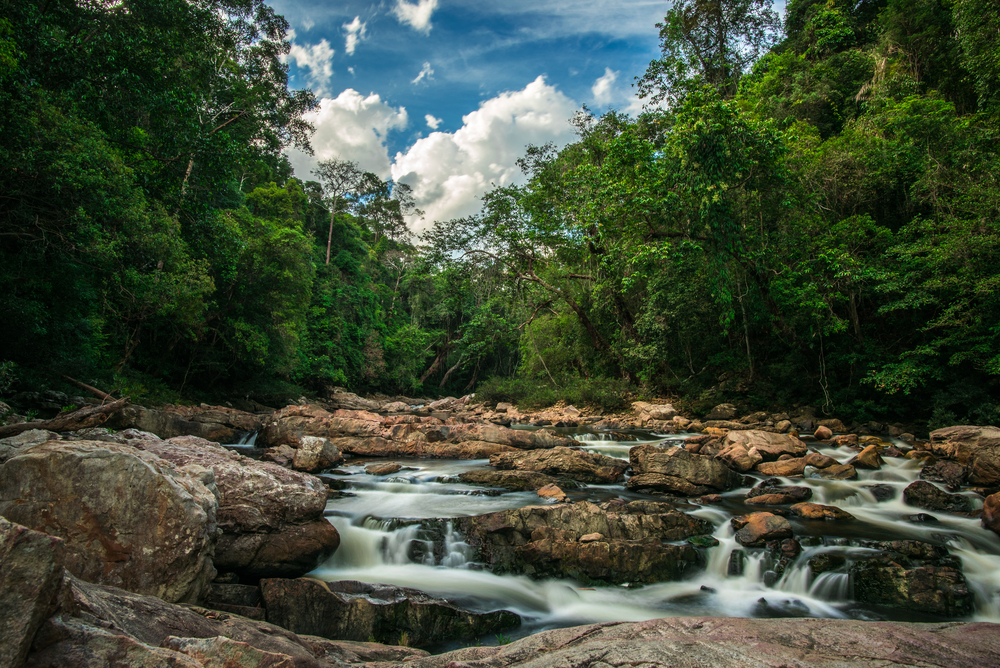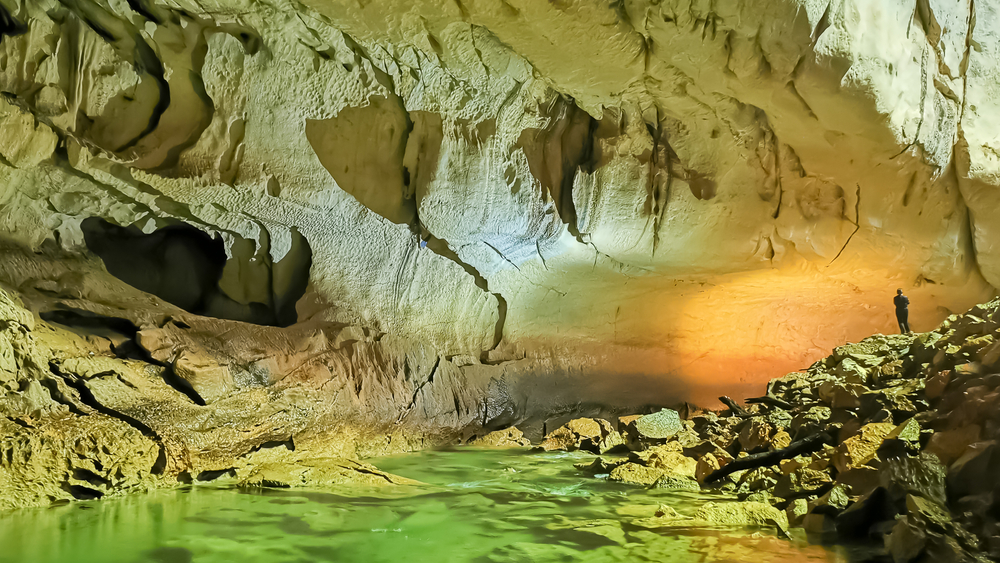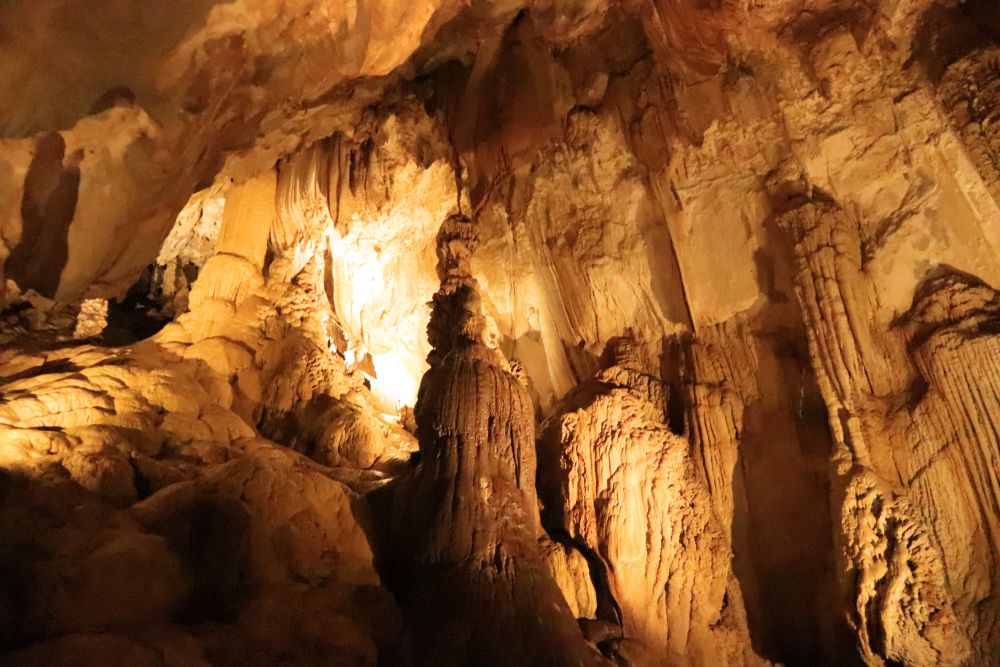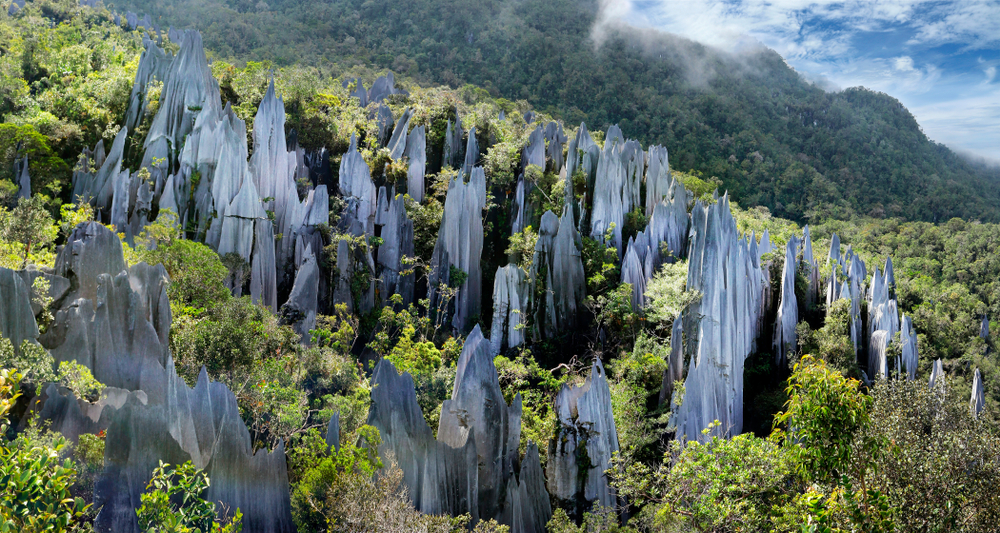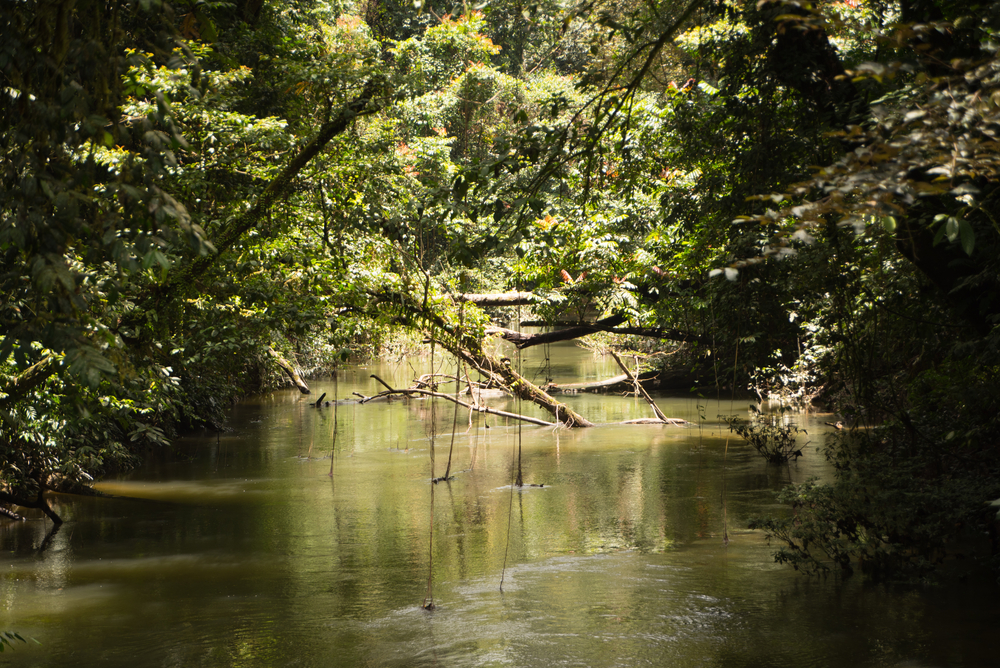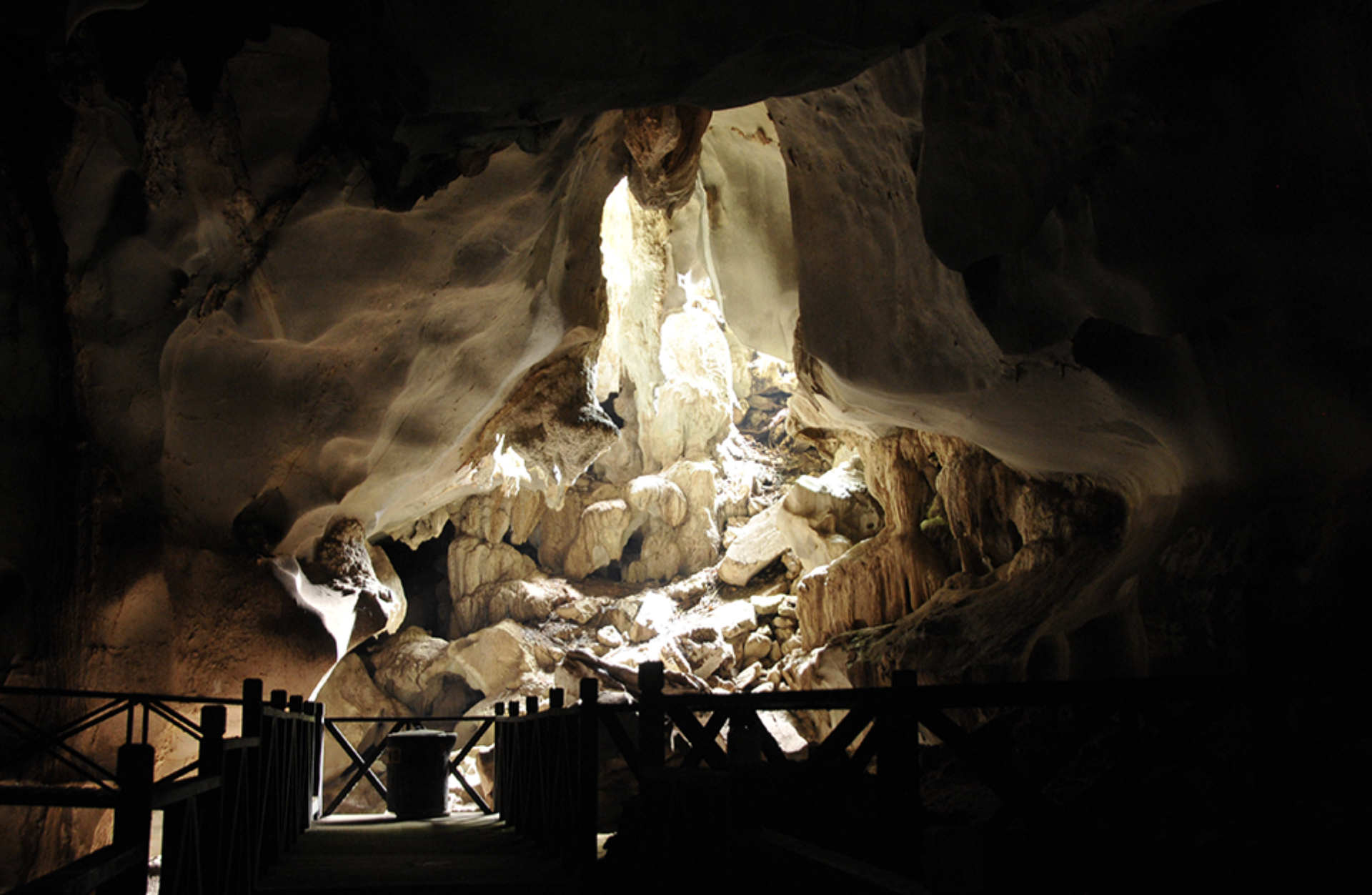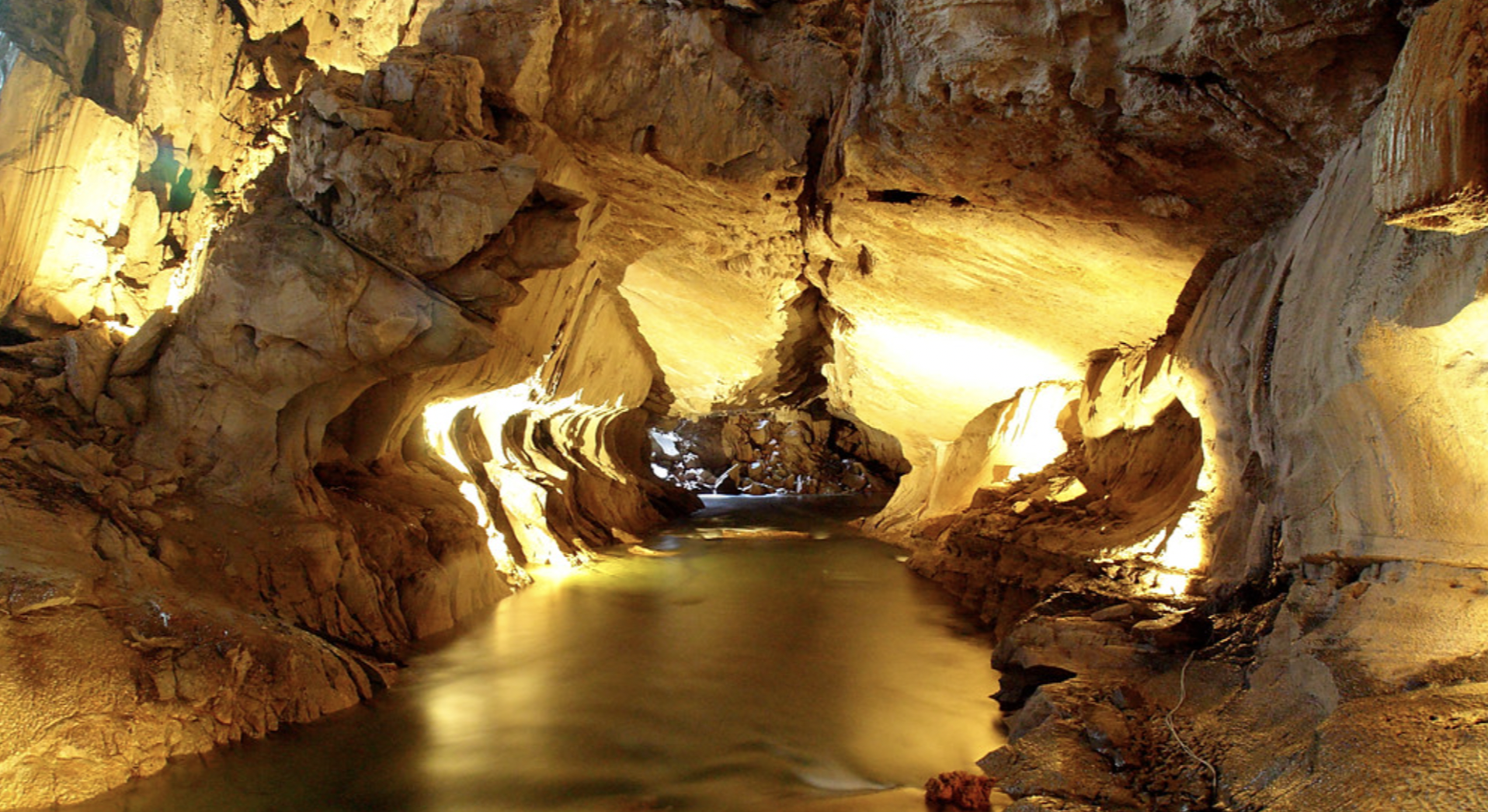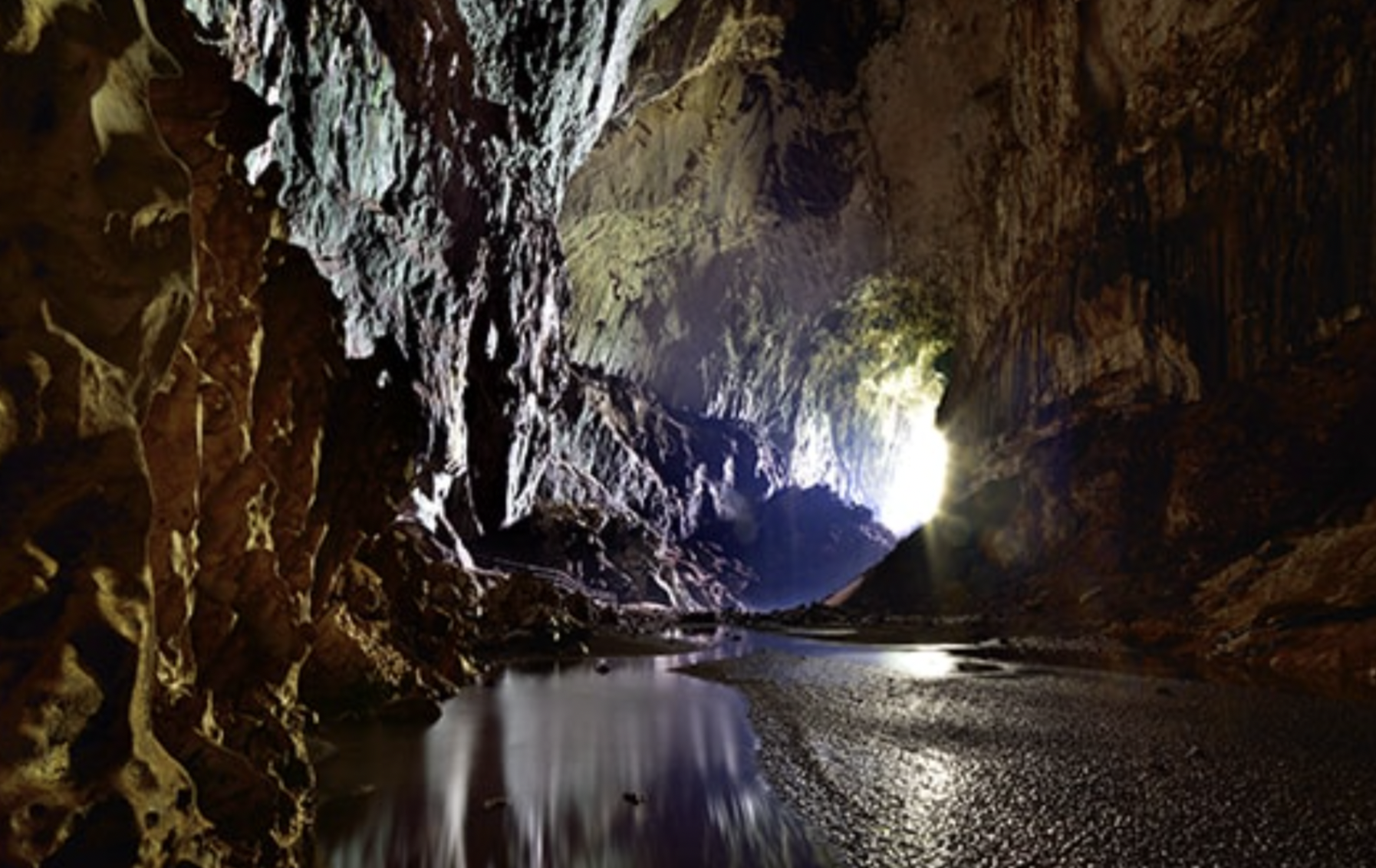Gunung Mulu National Park in Malaysia is known for its extraordinary limestone karst formations, expansive cave systems, and rich biodiversity.
The park is renowned for its stunning landscapes, including jagged limestone peaks, dense rainforests, and meandering rivers.
Visitors flock to the park to explore its vast network of caves, including the world’s largest cave chamber, Sarawak Chamber, and the iconic Deer Cave, home to millions of bats.
Additionally, Gunung Mulu National Park offers opportunities for trekking, birdwatching, and experiencing the cultural heritage of the indigenous communities living in the area.








































































